The problem of carbon black dispersion in rubber products means that the carbon black added during rubber mixing is unevenly dispersed in the rubber, resulting in a decrease in the performance of the rubber products. Carbon black is a commonly used rubber filler that can increase the hardness, strength, wear resistance and aging resistance of rubber. If carbon black is poorly dispersed, it will cause increased viscosity and poor extrudability during the rubber mixing process, thereby affecting the mechanical properties, wear resistance and aging properties of rubber products. There are many factors that affect the dispersion of carbon black, including material properties, process conditions and equipment status.
Material properties
Carbon black particle size and surface area
The smaller the particle size of carbon black, the larger the surface area and the easier it is to form aggregates. Therefore, it is easier to obtain good dispersion effects by selecting carbon black with moderate particle size and smaller surface area.
Carbon black structure
The structure of carbon black is also an important factor affecting the dispersion effect. Generally speaking, carbon blacks with more active surfaces are easier to disperse, while carbon blacks with less active surfaces require the addition of dispersants to promote dispersion.
Carbon black content
Too high a carbon black content will increase the viscosity of the rubber compound, causing dispersion difficulties. Therefore, it is necessary to reduce the carbon black content as much as possible while ensuring rubber performance.
Process conditions
Rubber mixing temperature and time
The temperature and time of rubber mixing are key factors affecting the dispersion of carbon black. Generally speaking, high temperature and long time mixing will cause the surface activity of carbon black to decrease, thus affecting the dispersion effect. Therefore, the optimal mixing temperature and time need to be determined according to different rubber types and carbon black types to ensure good dispersion effects.
Mixing sequence and speed
Mixing sequence and speed also affect carbon black dispersion. Generally speaking, it is easier to achieve good dispersion by mixing the rubber and a small amount of carbon black evenly first, and then gradually adding the remaining carbon black. Slow mixing can reduce the possibility of carbon black accumulation.
Add dispersant
If the carbon black dispersion effect is not good, an appropriate amount of dispersant can be added to promote dispersion. Commonly used dispersants include low molecular weight polyethylene, wettable polymers and surfactants. The choice of dispersant should be determined based on the type of rubber and type of carbon black.

